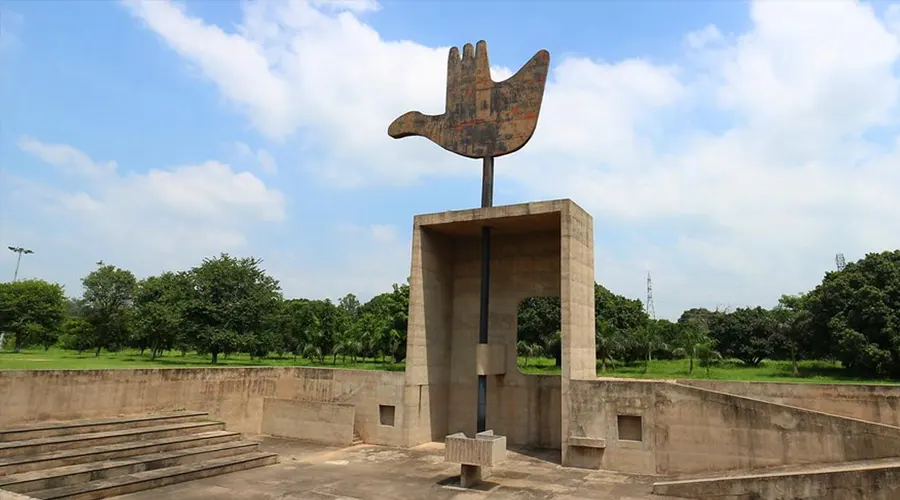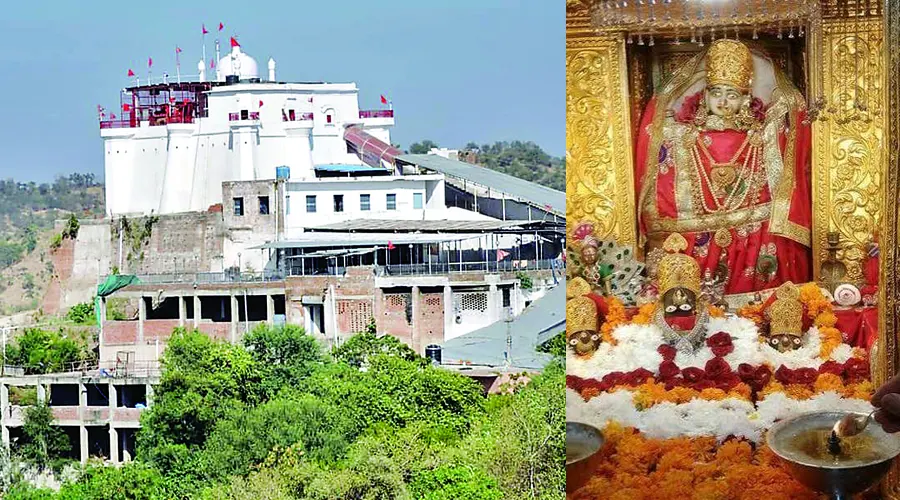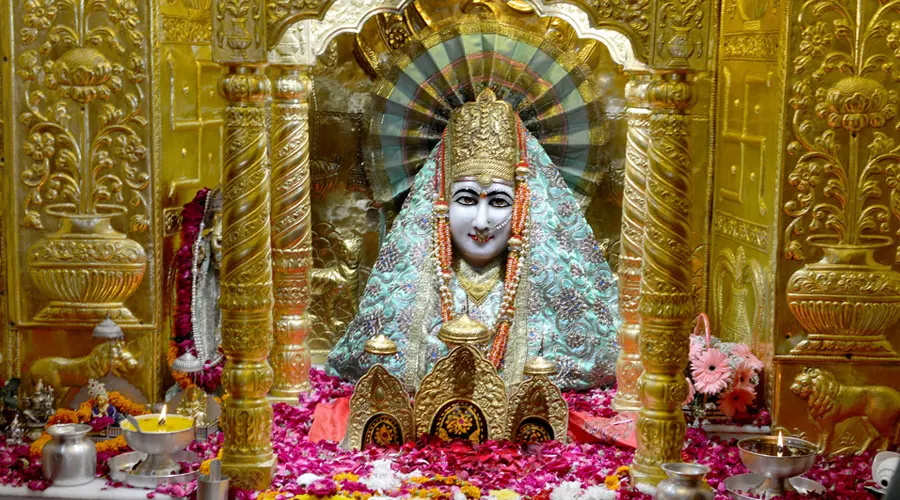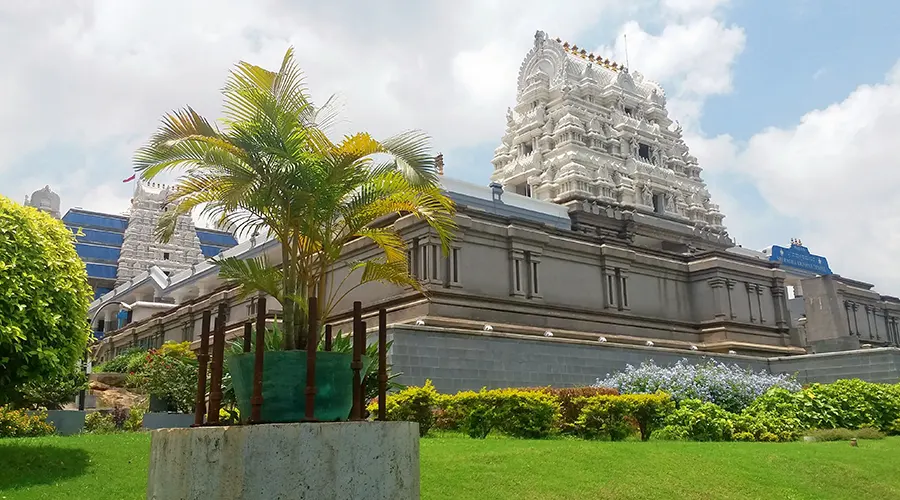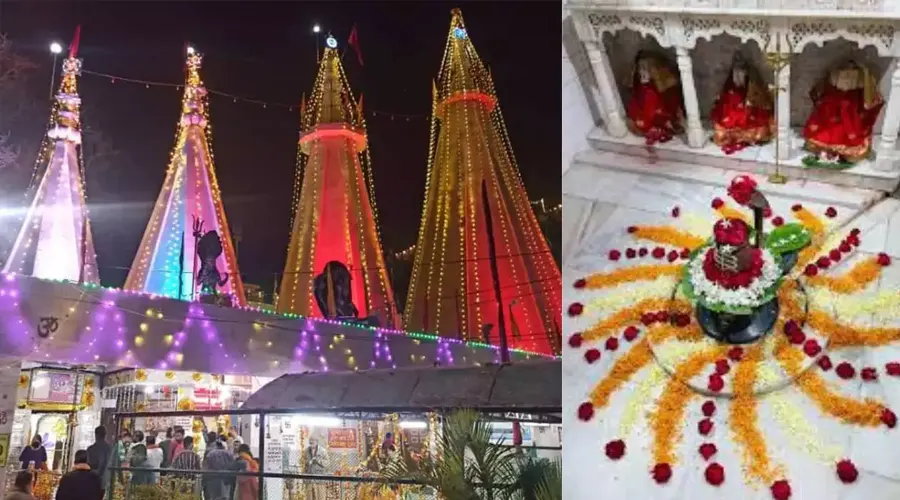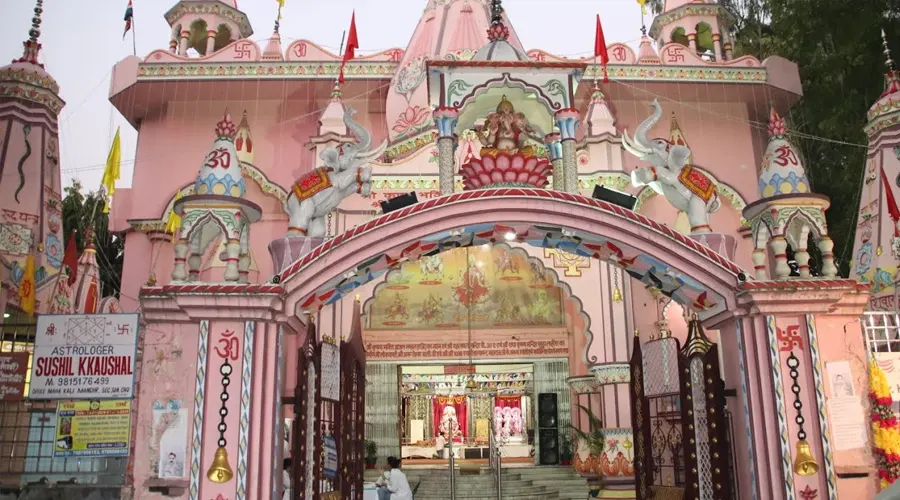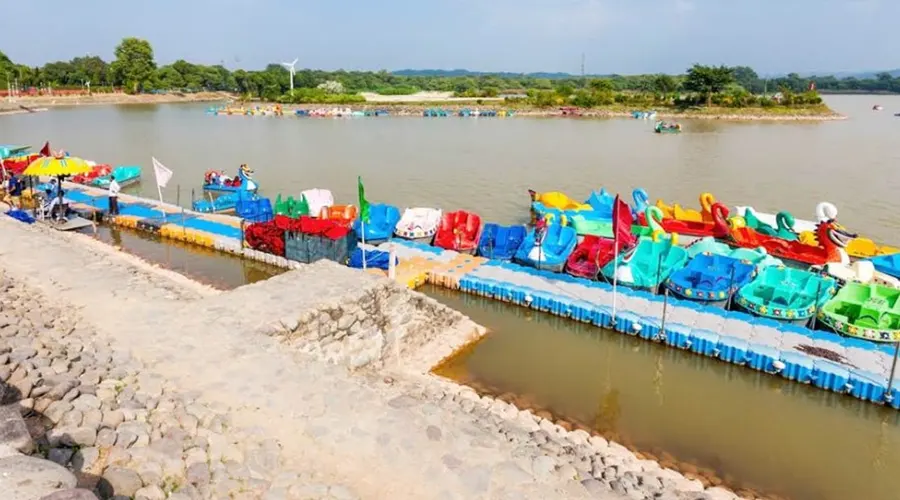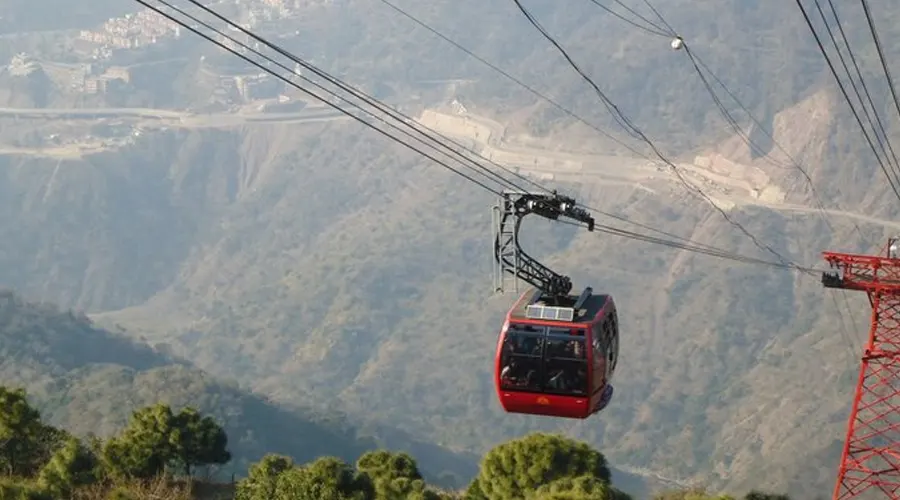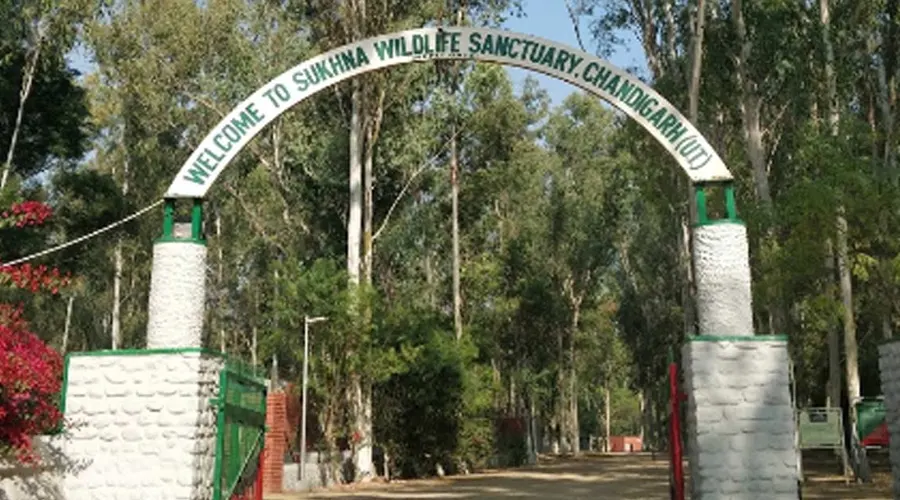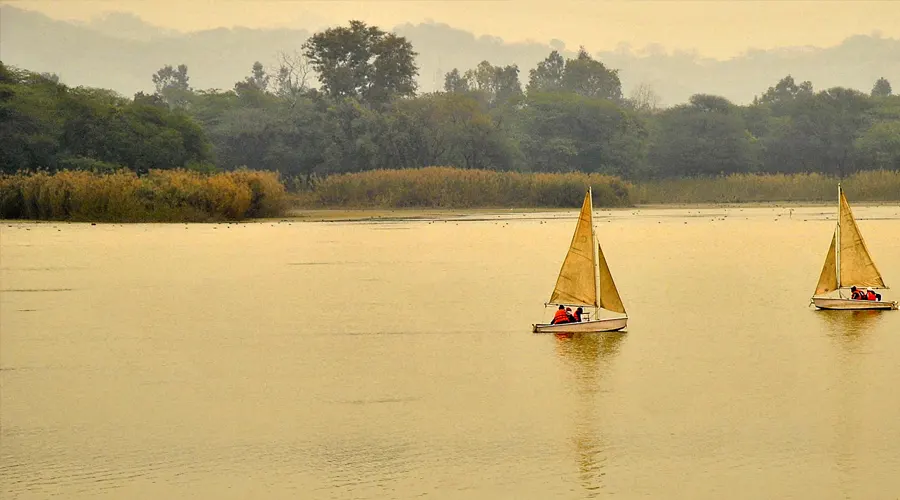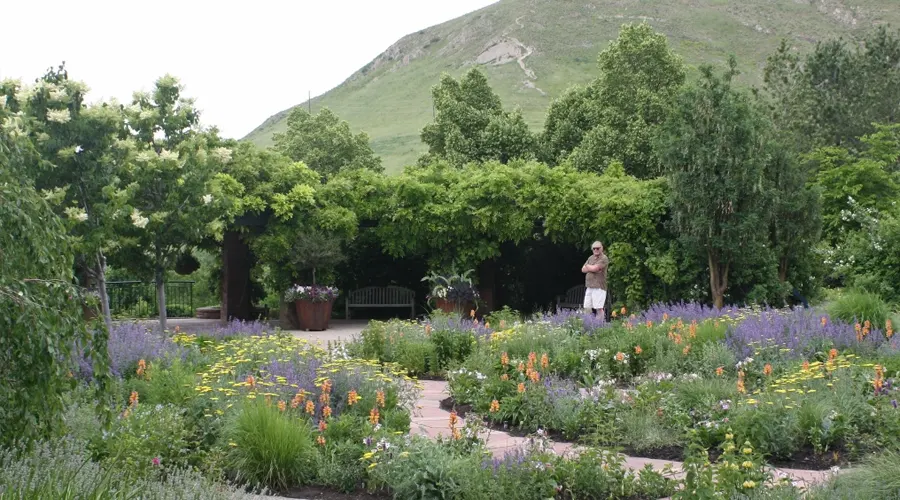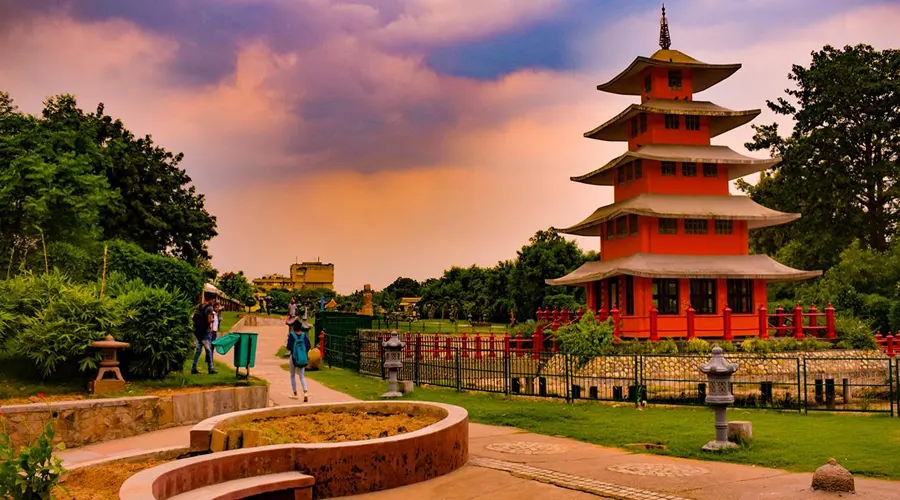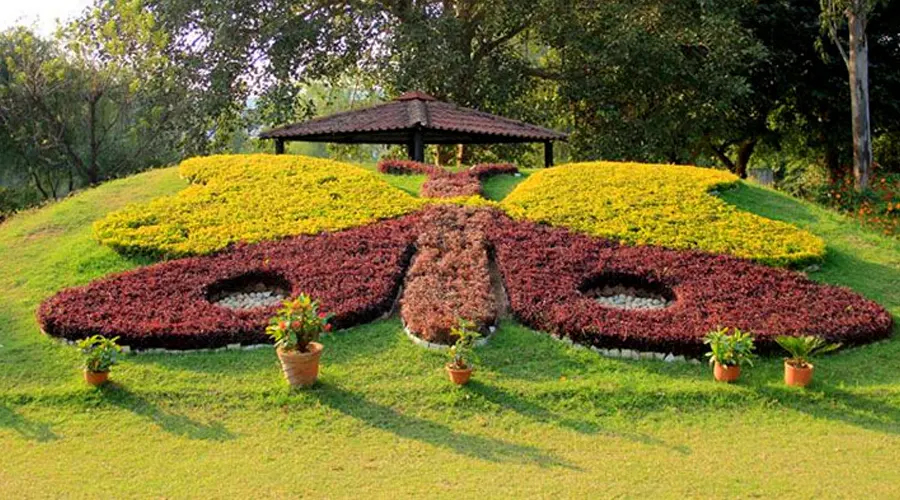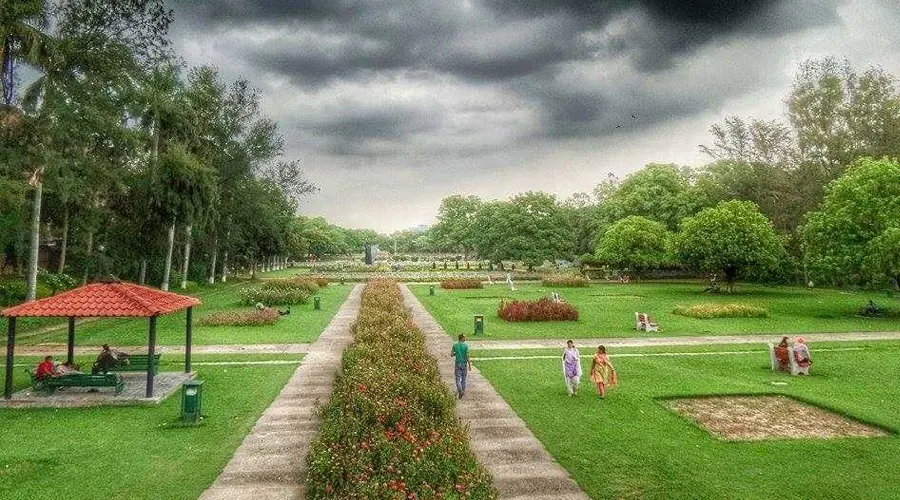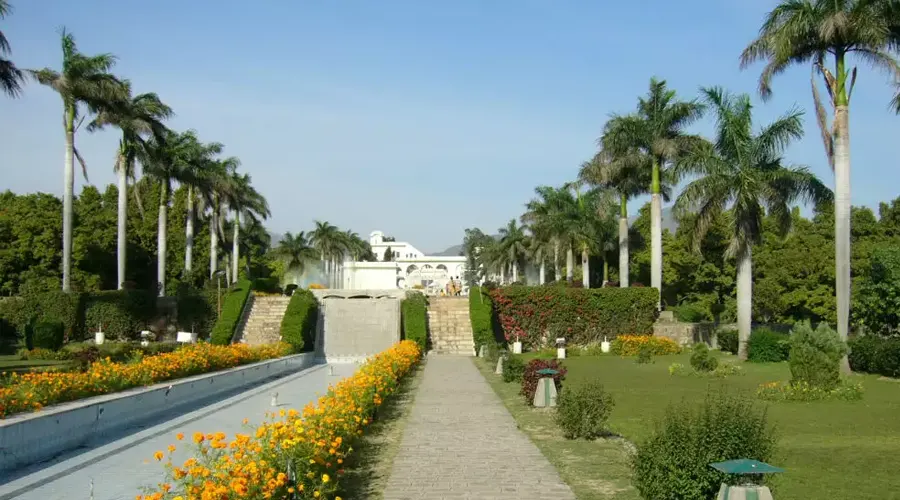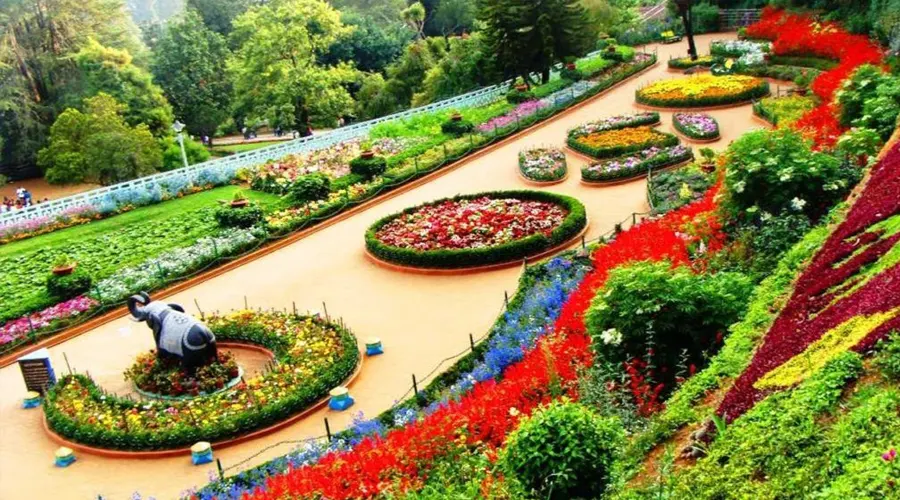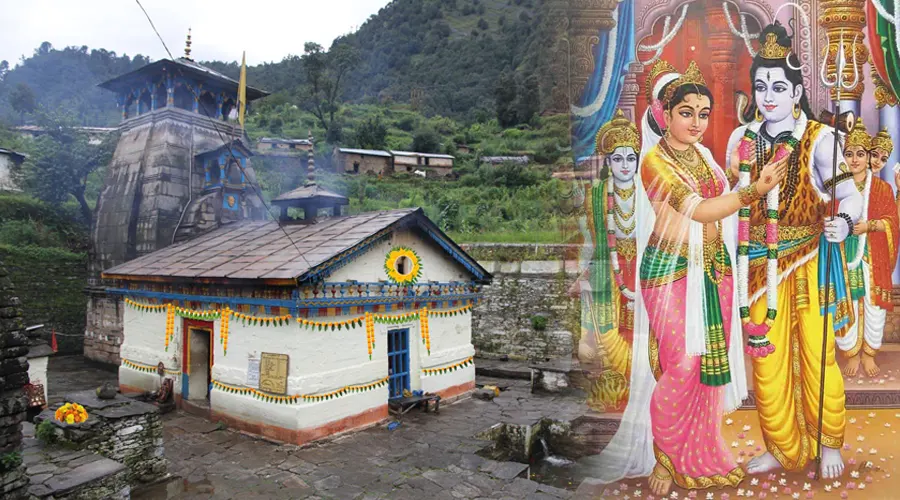The Open Hand Monument
This monument was designed by the same architect who designed the city of Chandigarh, Le Corbusier. It is part of Sector 1 of the capitol complex but has an imposing presence of its own. It is the official emblem of Chandigarh and has become almost synonymous with the city in popular imagination.
The hand is raised to a height of 85 ft and weighs around 50 tonnes. It is planted in a trench, which is called the Trench of Consideration. The monument is created out of metal sheets and is an excellent example of the avant-garde art of the period. The hand, with its palm spread wide, resembles a weathercock and rotates in the direction of the wind. Many say that the shape also resembles that of a dove, which heightens the symbolic meaning to include peace and happiness.
It can be seen as an artistic representation of the belief that there are always two ways of looking at anything. Another way in which this sculpture-like monument can be interpreted is that one should always be open to both giving as well as receiving.
The Open Hand Monument is one of the most iconic and recognizable symbols of Chandigarh. It holds significant cultural and artistic value and represents the city's progressive ideals and architecture.
Designed by Le Corbusier himself, the Open Hand Monument stands as a metaphorical expression of peace, unity, and openness. The monument consists of a giant hand with an open palm and a rotating metal structure that allows the hand to move with the wind. Its dynamic design symbolizes the idea of giving and receiving, making it an emblem of both giving and receiving ideas and cultural exchange.
Visitors to the Open Hand Monument can appreciate its artistic value, explore the surrounding Capitol Complex, and absorb the philosophical ideas behind its creation. The monument's placement against the backdrop of the majestic Shivalik Hills and the modernist buildings of the Capitol Complex provides a unique visual and cultural experience.
In summary, the Open Hand Monument in Chandigarh is a remarkable symbol of the city's forward-thinking design philosophy and its commitment to open dialogue, unity, and peace. Beyond its artistic and architectural significance, the monument carries a deeper message that resonates with both locals and visitors, making it a must-see attraction for anyone exploring Chandigarh's rich cultural and architectural heritage.

